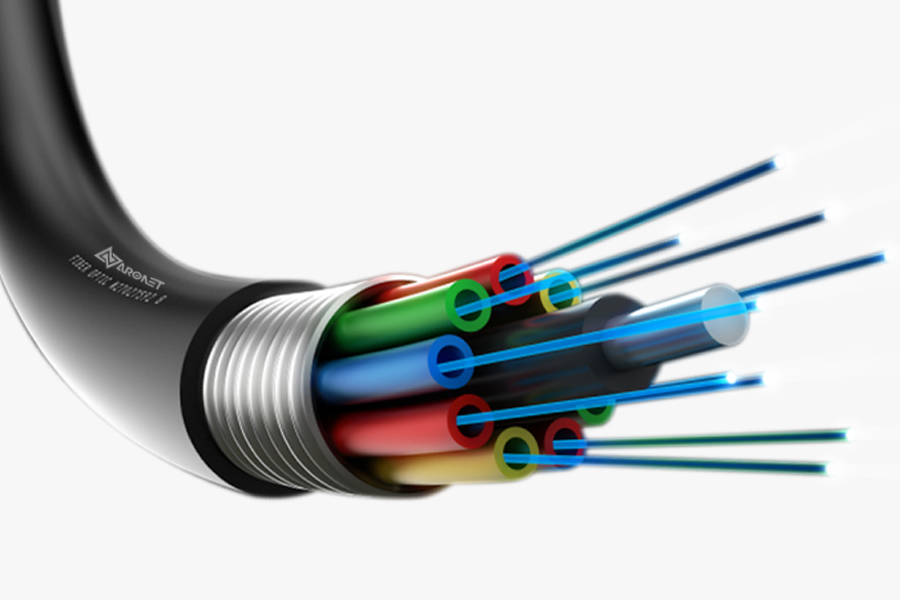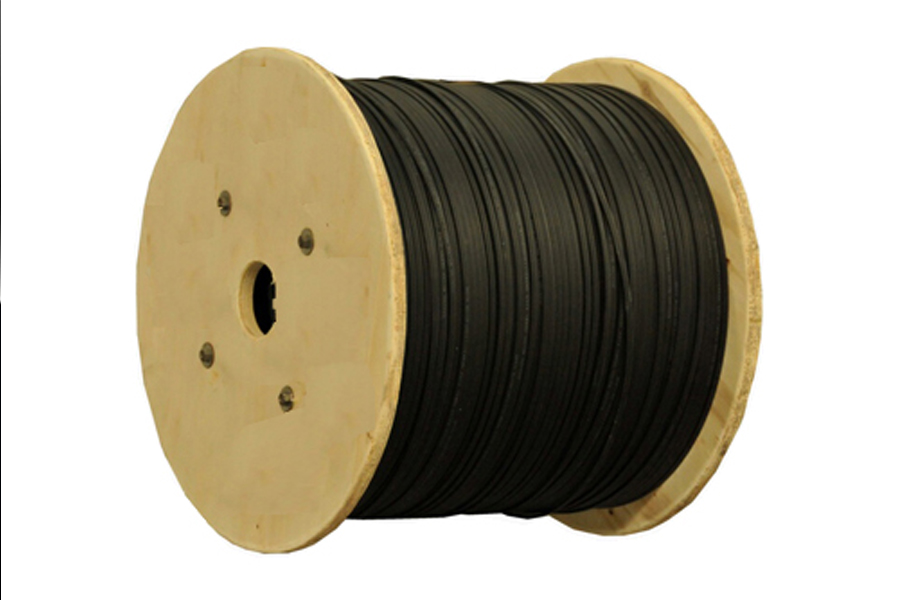Fiber Optic Cable (2-24 core) | Aronet, Usha Martin, Unifex
FTTH Aronet 2, 4, 6, 8, 12.....24 Cores Indoor/Outdoor Fiber Optic Cable
Description
How
Fiber Optic Cables Work
A fiber optic cable consists of one or more strands of
glass, each only slightly thicker than a human hair. The center of each strand
is called the core, which provides the pathway for light to travel. The core is
surrounded by a layer of glass called cladding that reflects light inward to
avoid loss of signal and allow the light to pass through bends in the cable.
The two primary types of optical fiber cables are single
mode and multi-mode. Single-mode fiber uses extremely thin glass strands and a
laser to generate light, while multi-mode optical fiber cables use LEDs.Single-mode
optical fiber networks often use Wave Division Multiplexing techniques to
increase the amount of data traffic that the strand can carry. WDM allows light
at multiple different wavelengths to be combined (multiplexed) and later
separated (de-multiplexed), effectively transmitting multiple communication
streams through a single light pulse.
Advantages
of Fiber Optic Cables
Fiber cables offer several advantages over long-distance
copper cabling.
Fiber optics support a higher capacity. The amount of
network bandwidth a fiber cable can carry easily exceeds that of a copper cable
with similar thickness. Fiber cables rated at 10 Gbps, 40 Gbps, and 100 Gbps
are standard.
Because light can travel for much longer distances over a
fiber cable without losing its strength, the need for signal boosters is
lessened.
A fiber optic cable is less susceptible to interference.
A copper network cable requires shielding to protect it from electromagnetic
interference. While this shielding helps, it is not sufficient to prevent
interference when many cables are strung together in proximity to one another.
The physical properties of fiber optic cables avoid most of these problems.


